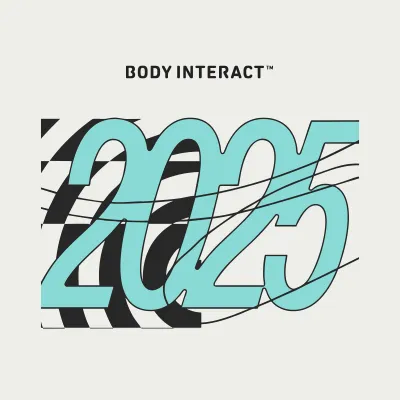Embracing Immersive Learning in Health Education
When it comes to learning, societies from East to West believe that involvement in the learning process results in a more successful outcome. Recent studies highlight how the new generation of students feels more motivated, interested, and satisfied by having access to hands-on and immersive learning experiences.
It is not just about listening and writing. It is not just about sitting at a desk and looking at an expert explaining the subject. It is about doing, it’s about immersive learning.
In the baby world, the Montessori method is a “child-centered approach to education that emphasizes hands-on learning, independence, and respect for a child’s natural psychological development” (Structural Learning definition). So, why are we not applying it to teenagers’ or even adults’ continuous learning?
Why are we lowering the quality of our teaching methods to prepare those who are future professionals? And in our case, those who will save our lives, the lives of our loved ones.
“Tell me and I forget.
Teach me and I may remember.
Involve me and I learn.”
Benjamin Franklin
Engage, Experience, and Excel with Virtual Patients in Immersive Learning
Body Interact was founded in 2008 to empower current and future healthcare professionals to reduce the impact of clinical errors, every day and everywhere.
Since its inception, Body Interact, the first and most advanced Virtual Patient Simulator, has prioritized empowering students to take charge during clinical scenarios, allowing them to make decisions and understand their impact on the patient’s condition.
Being able to practice in a mistake-free environment not only reduces the pressure of training on a real patient but also promotes safety. From the patient to the student, safety is one essential pillar for developing clinical judgment, decision-making skills, and most importantly – confidence.
Most top healthcare professionals are integrative clinical thinkers, analytical problem solvers, and reflective learners. Aspects such as perception, reasoning, interpretation, judgment, and decision-making ensure patient safety across the healthcare experience.
The adrenaline rush of treating virtual patients
In addition to clinical skill-building, Body Interact was proven to keep students motivated and active. Worldwide Medical, Nursing, and High School Educators have mentioned that the virtual patient simulator enables students to experience life-like situations as if they were in the Emergency Room.
“The adrenaline rush, the excitement, the chance to save a virtual patient, of taking care of the patient”, mentioned Lorraine Betts.
“What I hear, I forget.
What I see, I remember.
What I do, I understand.”
Chinese Proverb









